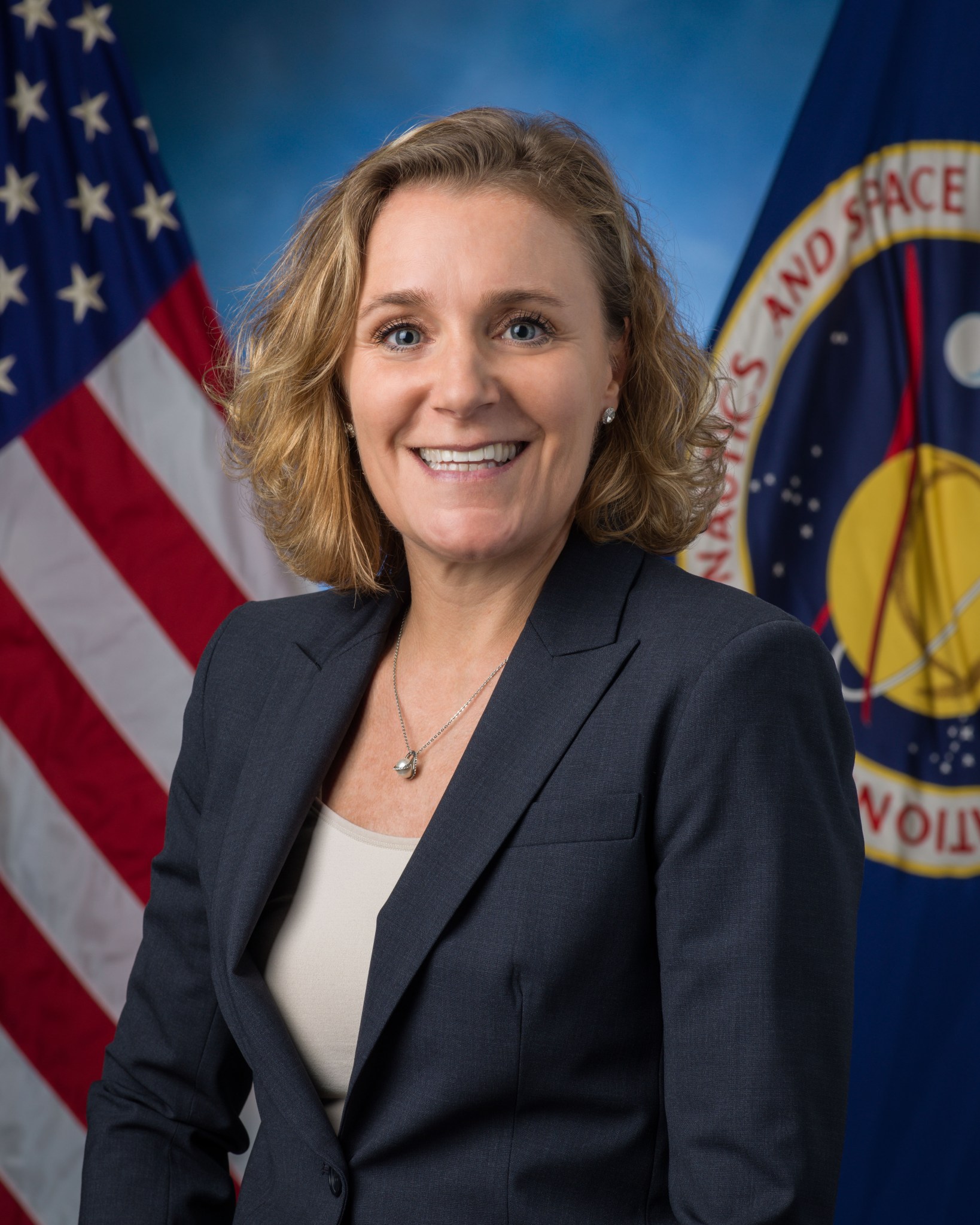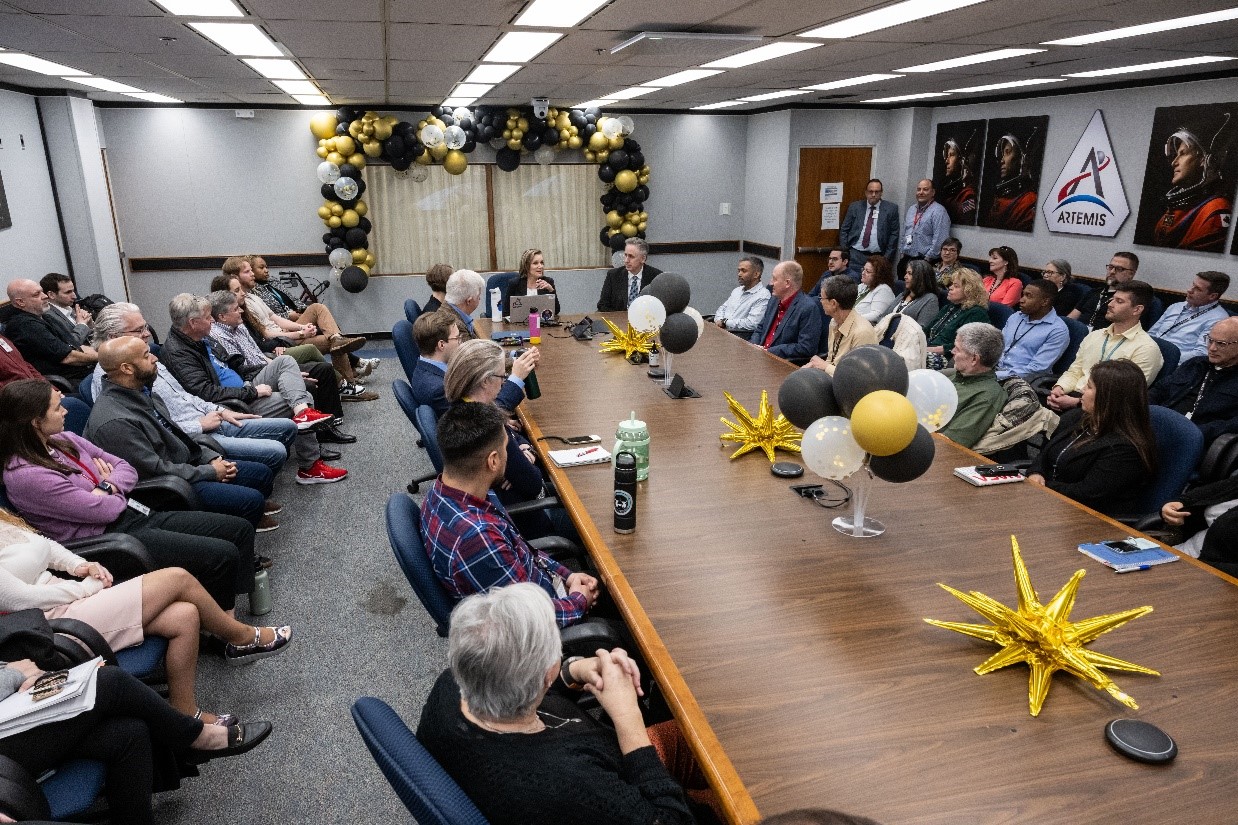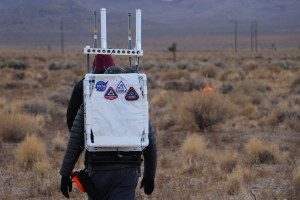Lisa Pace knows a marathon when she sees one. An avid runner, she has participated in five marathons and more than 50 half marathons. Though she prefers to move quickly, she also knows the value of taking her time. “I solve most of my problems while running – or realize those problems aren’t worth worrying about,” she said.
She has learned to take a similar approach to her work at NASA’s Johnson Space Center in Houston. “Earlier in my career, I raced to get things done and felt the need to do as much as possible on my own,” she said. “Over time, I’ve learned to trust my team and pause to give others an opportunity to contribute. There are times when quick action is needed, but it is often a marathon, not a sprint.”
Pace is chief of the Exploration Development Integration Division within the Exploration Architecture, Integration, and Science Directorate at Johnson. In that role, she leads a team of roughly 120 civil servants and contractors in providing mission-level system engineering and integration services that bring different architecture elements together to achieve the agency’s goals. Today that team supports Artemis missions, NASA’s Commercial Lunar Payload Services initiative and other areas as needed.
“The Artemis missions come together through multiple programs and projects,” Pace explained. “We stitch them together to ensure the end-to-end mission meets its intended requirements. That includes verifying those requirements before flight and ensuring agreements between programs are honored and conflicts resolved.” The division also manages mission-level review and flight readiness processes from planning through execution, up to the final certification of flight readiness.
Leading the division through the planning, launch, and landing of Artemis I was a career highlight for Pace, though she feels fortunate to have worked on many great projects during her time with NASA. “My coolest and most rewarding project involved designing and deploying an orbital debris tracking telescope on Ascension Island about 10 years ago,” she said. “The engineers, scientists, and military personnel I got to work and travel with on that beautiful island is tough to top!”
Pace says luck and great timing led her to NASA. Engineering jobs were plentiful when she graduated from Virginia Tech in 2000, and she quickly received an offer from Lockheed Martin to become a facility engineer in Johnson’s Astromaterials Research and Exploration Science Division, or ARES. “I thought working in the building where they keep the Moon rocks would be cool – and it was! Twenty-five years later, I’m still here,” Pace said.
During that time, she has learned a lot about problem-solving and team building. “I often find that when we disagree over the ‘right’ way to do something, there is no one right answer – it just depends on your perspective,” she said. “I take the time to listen to people, understand their side, and build relationships to find common ground.”
She also emphasizes the importance of getting to know your colleagues. “Relationships are everything,” she said. “They make the work so much more meaningful. I carry that lesson over to my personal life and value my time with family and friends outside of work.”
Investing time in relationships has given Pace another unexpected skill – that of matchmaker. “I’m responsible for setting up five couples who are now married, and have six kids between them,” she said, adding that she knew one couple from Johnson.
She hopes that strong relationships transfer to the Artemis Generation. “I hope to pass on a strong NASA brand and the family culture that I’ve been fortunate to have, working here for the last 25 years.”
































